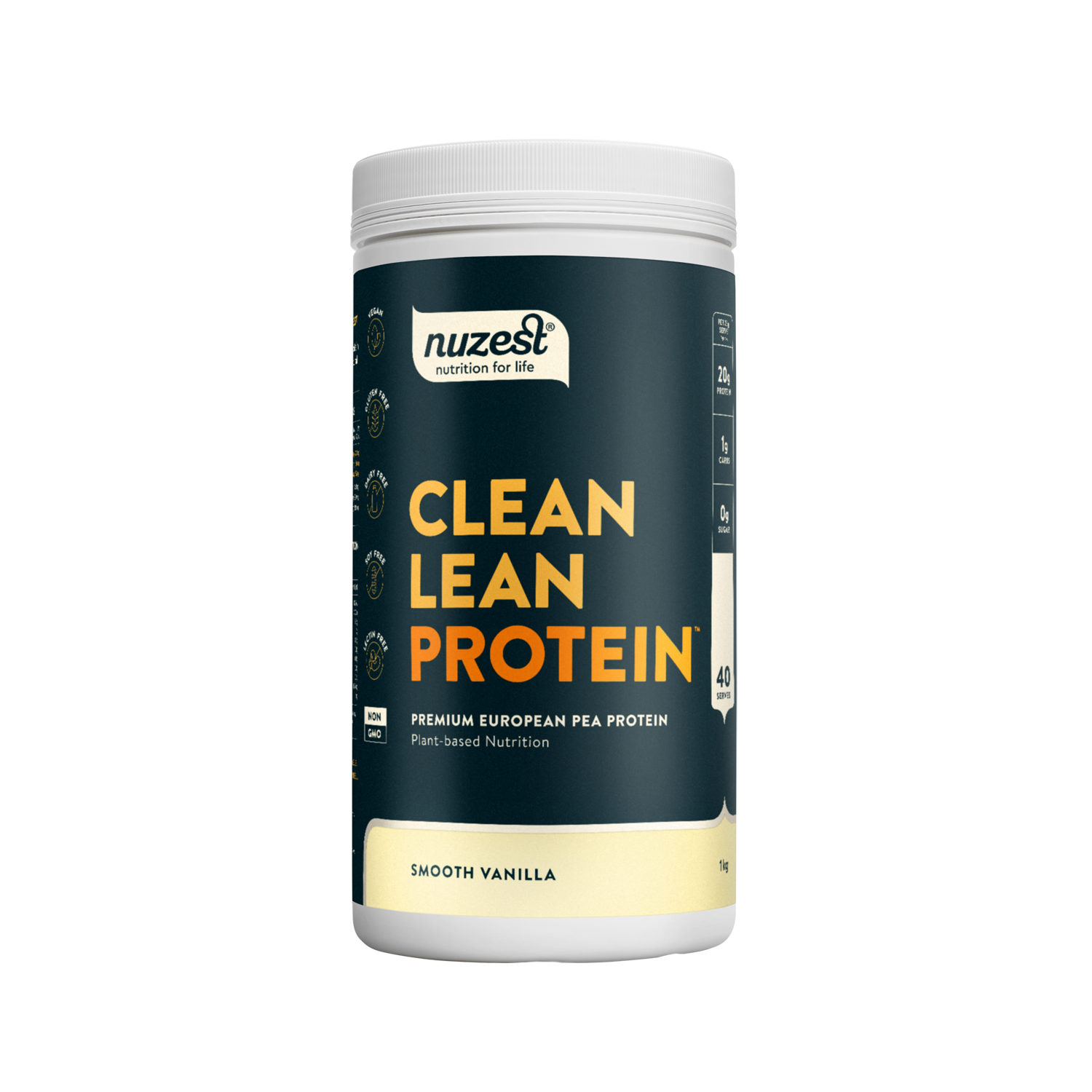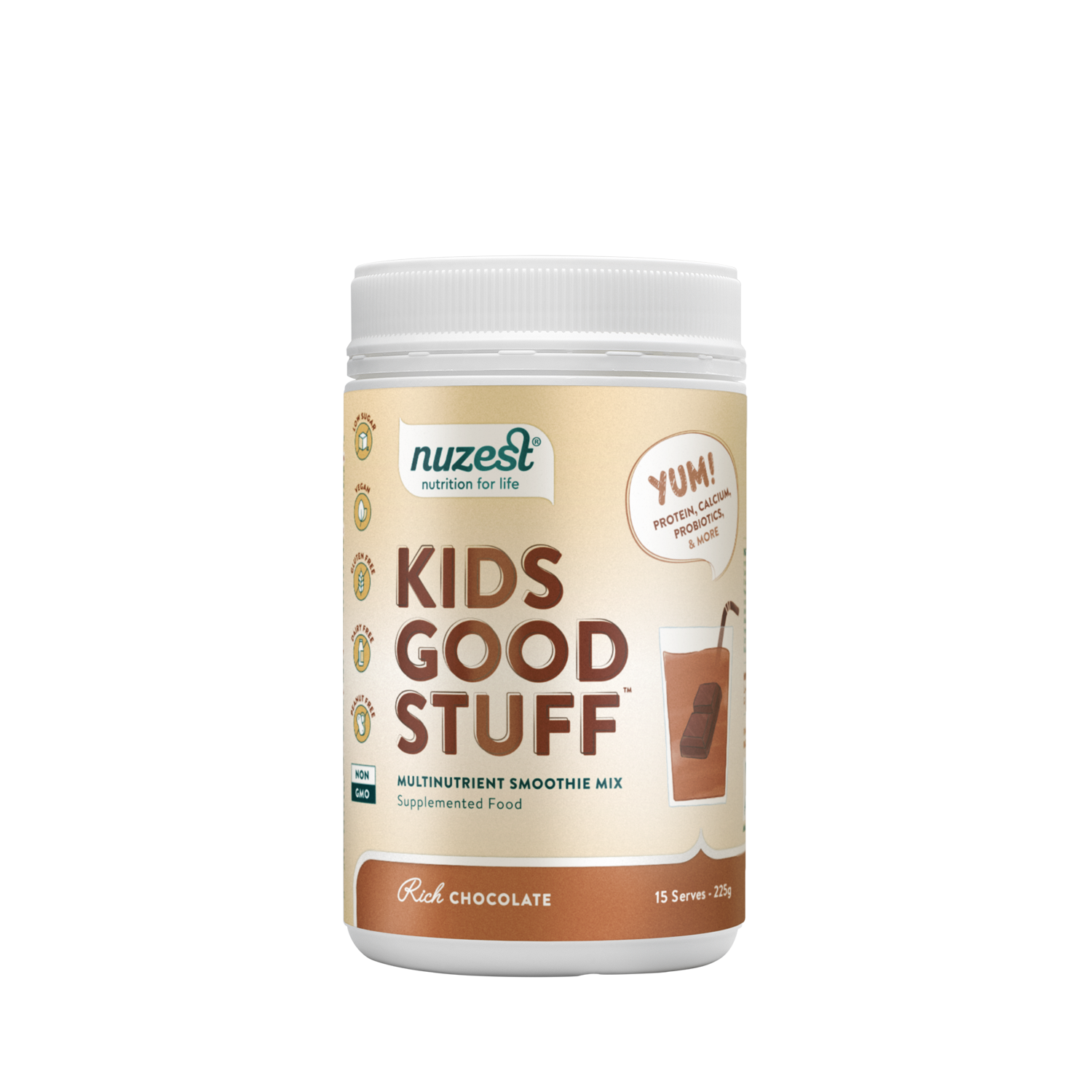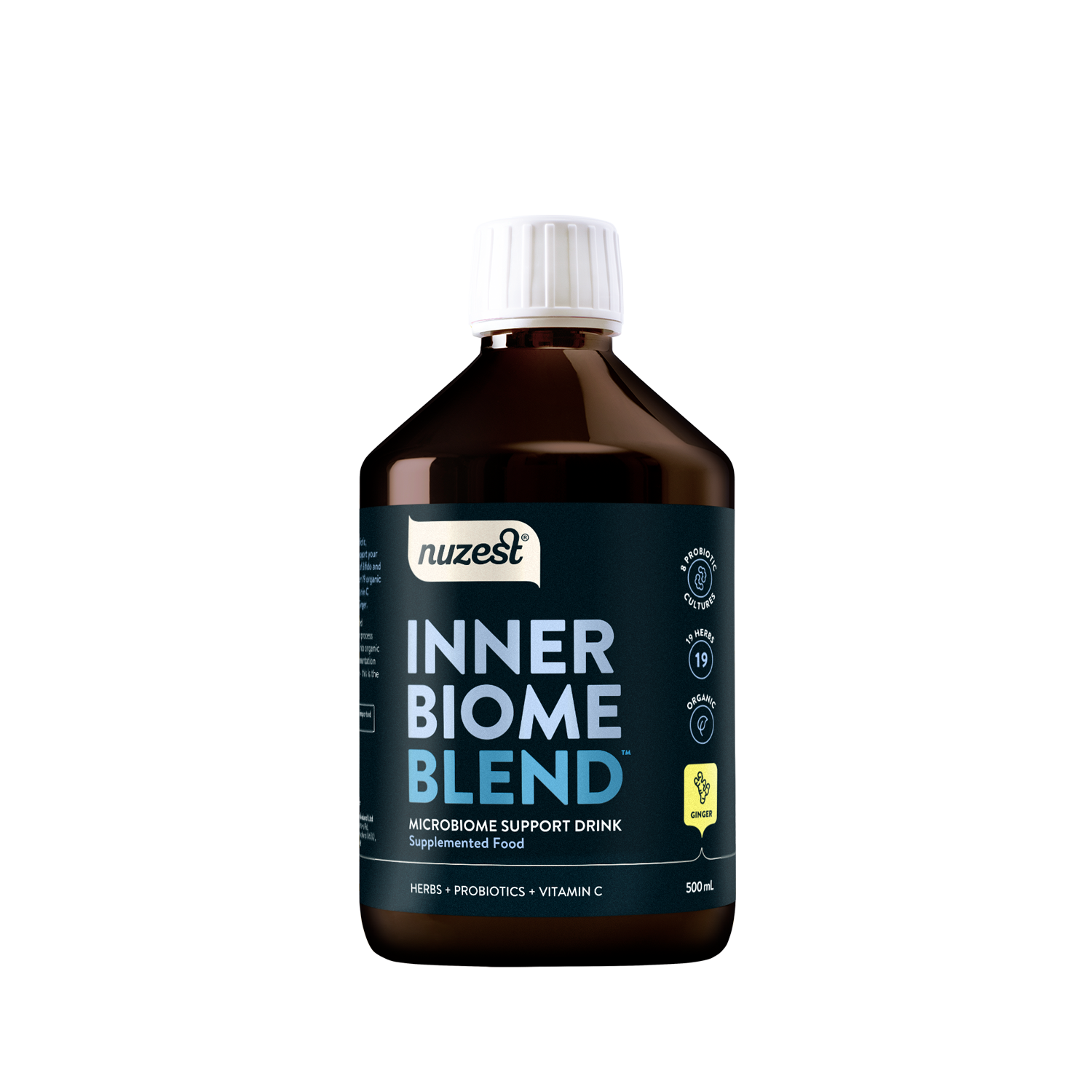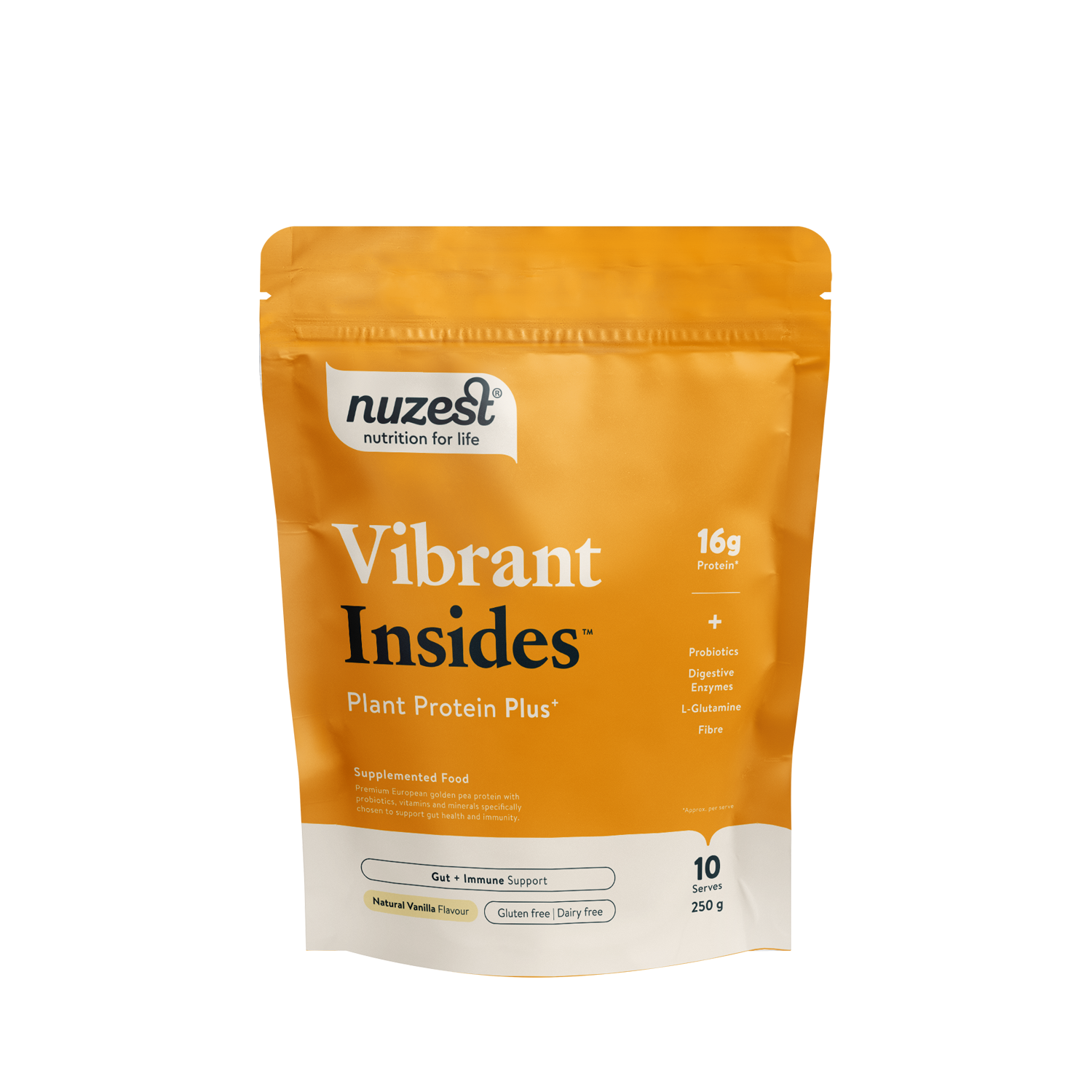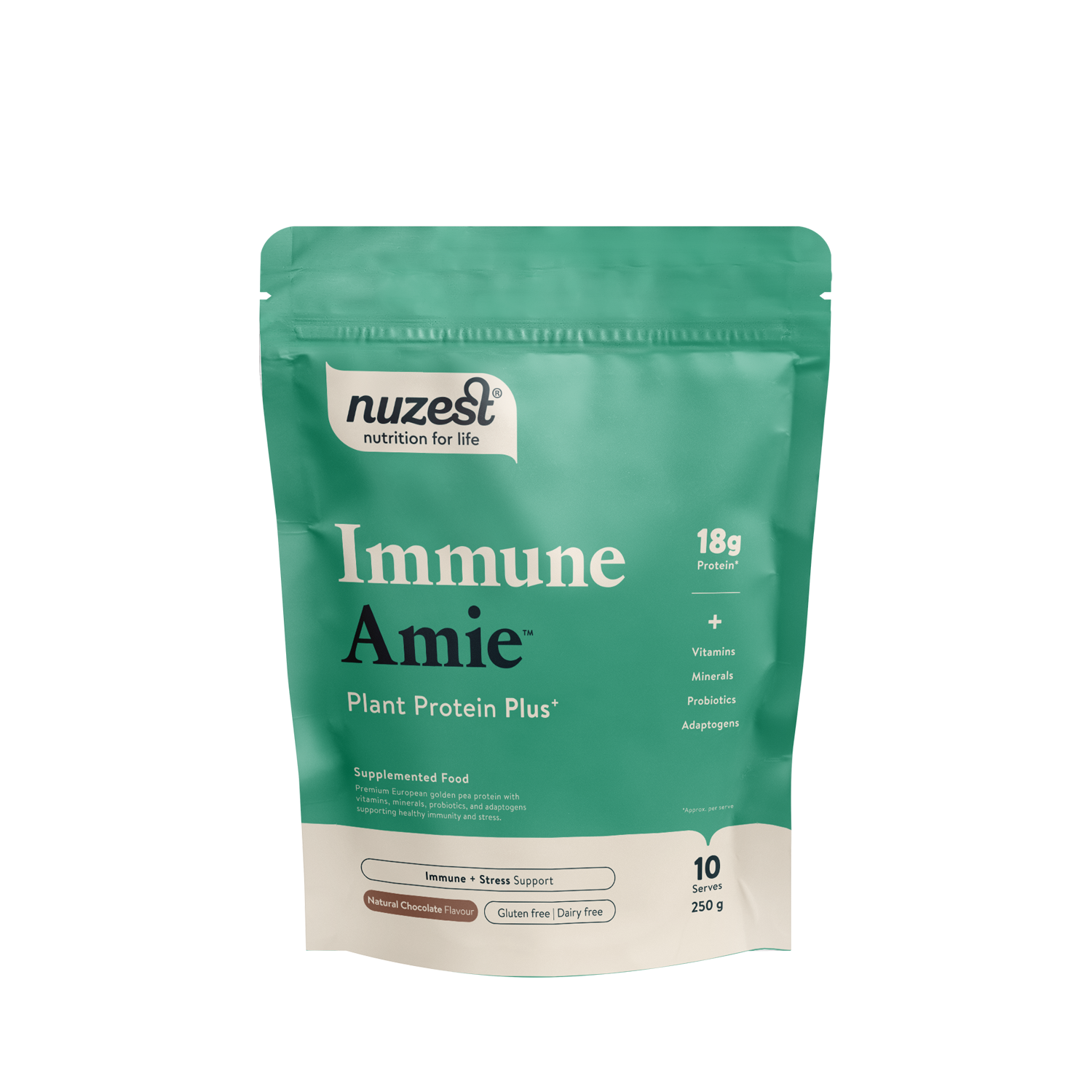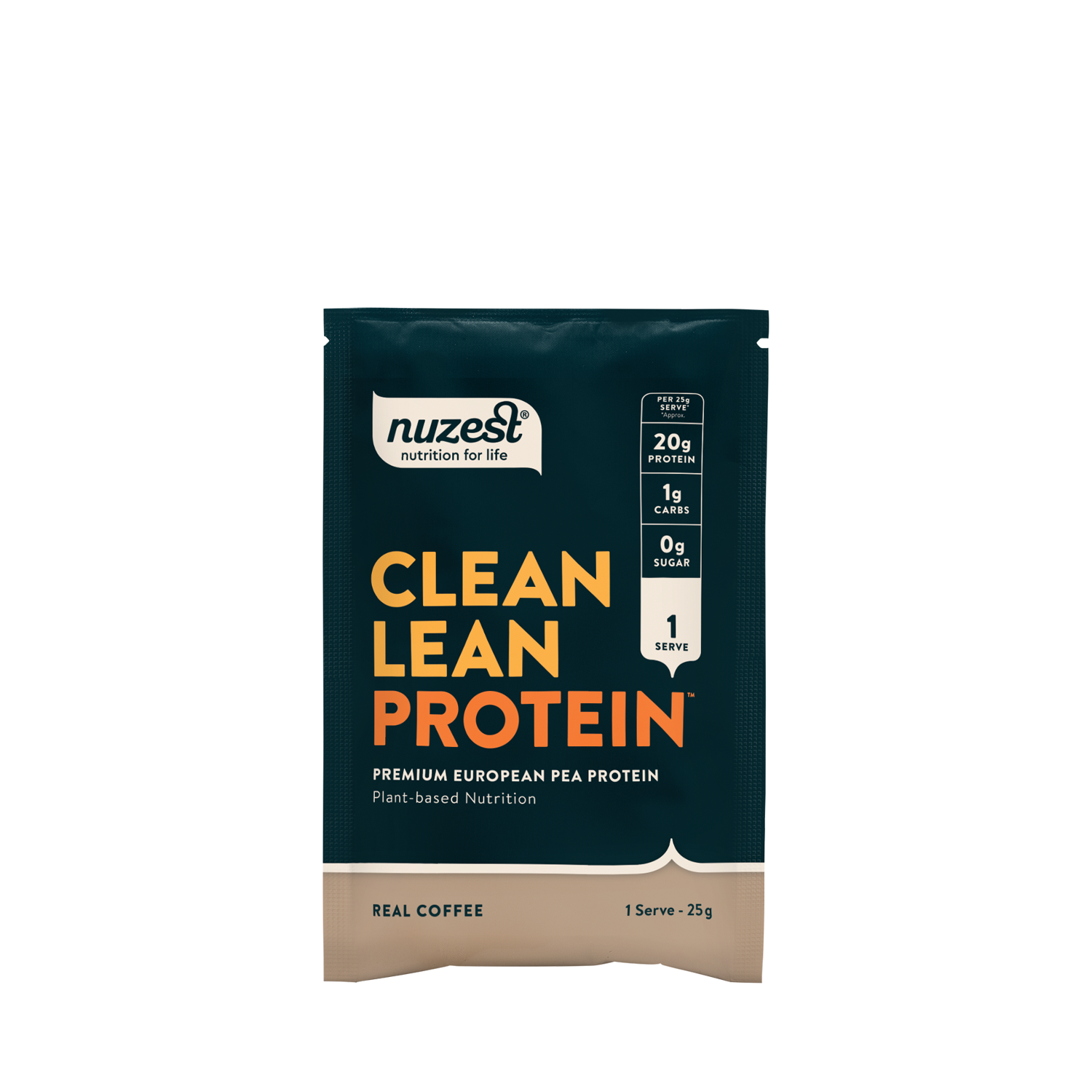Gotu Kola
Centella asiatica
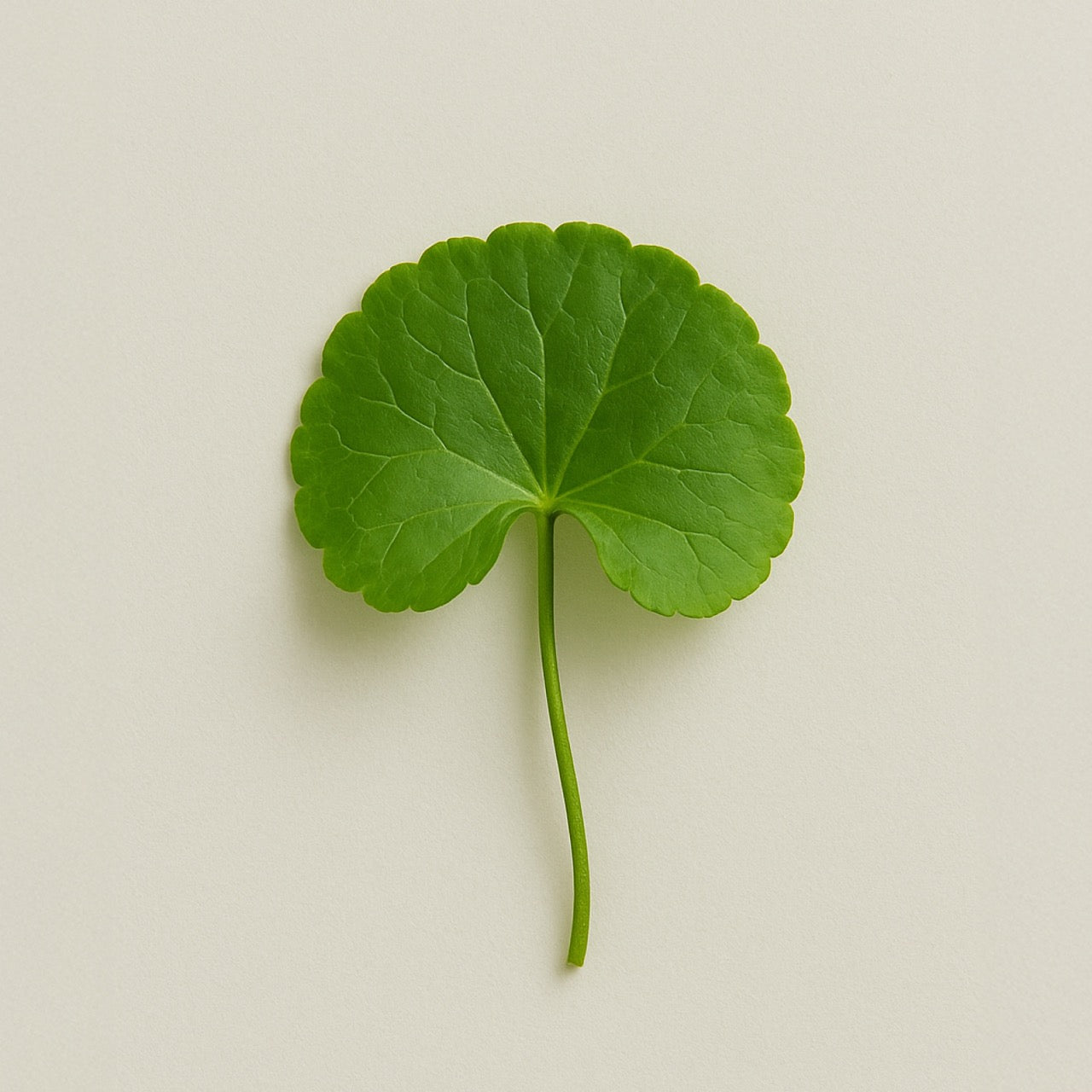
Gotu kola is a creeping herb (Centella asiatica) traditionally used in herbal preparations. It is commonly consumed as a tea, powder, or extract, with the leaves as the primary part used in preparations and are often dried before processing.
Products:
Gotu Kola and Mood Support
Gotu kola has been investigated for its potential anxiolytic and adaptogenic effects. Compounds within the plant may help modulate the body’s response to stress, supporting relaxation and mood regulation. This makes Gotu kola a candidate for complementary use in managing symptoms related to anxiety and stress.¹
Gotu Kola for Cognition and Memory
Traditionally used to support cognitive function, Gotu kola has also been studied for its potential to enhance memory, concentration, and mental clarity. Research indicates that its bioactive compounds may improve cerebral blood flow, which can positively influence cognitive performance. As a result, Gotu kola is frequently explored as a natural nootropic for brain health support.²
How Can Gotu Kola Support Circulation and Wound Healing?
Gotu kola also contains bioactive compounds that have been shown to support vascular health by enhancing blood flow and strengthening blood vessel walls. Additionally, it may promote wound healing through the stimulation of collagen synthesis and tissue regeneration, contributing to improved repair of skin injuries.³
Gotu Kola for Skin Health
Widely used in skincare formulations, Gotu kola has been shown to stimulate collagen synthesis, which may enhance skin elasticity and contribute to the reduction of scars, stretch marks, and wrinkles. Its anti-inflammatory properties further support skin repair processes and can help alleviate skin irritation.⁴

